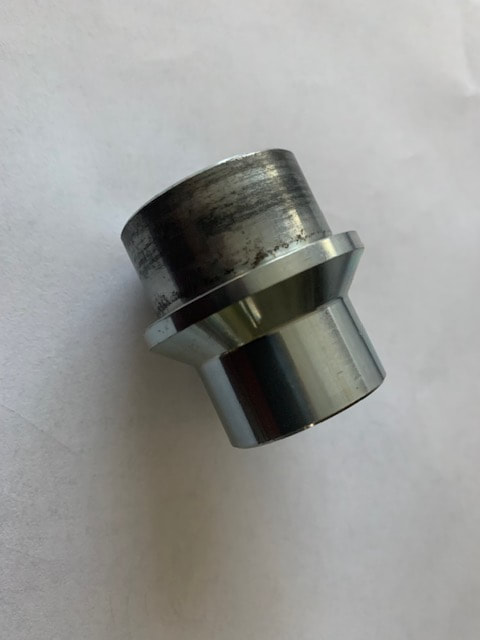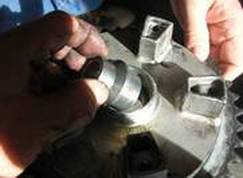- Home
- Parts by Type
- Parts by Bike
-
Installation Instructions and Videos
-
V-Strom Parts Instructions
>
- Mirror Extender Instructions
- Fork Brace Instructions
- Footpeg and Control Lowering Instructions
- Gear Shift Relocation Instructions
- Bolt-on Kickstand Foot Instructions
- Raising and Lowering Links >
- Shelves and GPS Mounts >
- DL1000 Rear Wheel Spacer Instructions
- Vee2 Saddlebag Guard
- Fender Riser 2014+ DL1000
- 2012+ DL650Fender Risers
- Retrieving Missing Parts from the Cowling
- Auxiliary Lighting >
- DL800 GIVI Crash Bars
- General Electrical and Lighting >
- Brake Lines >
- Kawasaki Versys X300 >
- Yamaha Parts Instructions >
-
V-Strom Parts Instructions
>
- Shorter/Taller Riders
- Favorite Projects
- Adventure Motorcycling Links
- Frequently Asked Questions
- Contact Us
- Photos
- Specials and Promotions
Over 500 Happy Vee Strommers Served!
Considered an essential modification for DL1000s years 2002 to 2011. It is recommended that all models 2002 to 2011 have this modification as a preventive measure. This will help prevent markedly premature chain, sprocket, seal, and bearing failure. It is suggested that owners of 2012 models wait until they experience symptoms before performing the modification.
The wheel spacer modification originated in Europe. Most of the information you see on this page benefits from the hard work and persistence of other strommers from Singapore to Germany and all over the world.
DL1000s were experiencing hard shifting from first to second, and second to third after only 12,000 to 16,000 kilometers (even worse, after only 8,000 to 10,000 miles in the USA!).
The problem was traced to the rear sprocket being misaligned under tension. Basically the rear of the rear sprocket was offset 2 mm from the front sprocket due to excessive play between the cush rubbers and the wheel hub. This causes premature wear of the cush drives, which then causes premature wear of the now even more misaligned chain and sprockets, which causes the rear wheel bearing to fail.
The extra resistance in the drive line causes the symptom of rough shifting. After replacing all the parts the shifting returns to normal. The spacer fix corrects or prevents the premature wear and if the other parts have not yet failed, returns the shifting to normal.
Click "The Problem" button above for more detail and history.
We modify the existing "inside spacer" and provide a stainless steel shim for the left side spacer.
How this service works: Mail in your part. This one. No other parts necessary. Just this one.
The wheel spacer modification originated in Europe. Most of the information you see on this page benefits from the hard work and persistence of other strommers from Singapore to Germany and all over the world.
DL1000s were experiencing hard shifting from first to second, and second to third after only 12,000 to 16,000 kilometers (even worse, after only 8,000 to 10,000 miles in the USA!).
The problem was traced to the rear sprocket being misaligned under tension. Basically the rear of the rear sprocket was offset 2 mm from the front sprocket due to excessive play between the cush rubbers and the wheel hub. This causes premature wear of the cush drives, which then causes premature wear of the now even more misaligned chain and sprockets, which causes the rear wheel bearing to fail.
The extra resistance in the drive line causes the symptom of rough shifting. After replacing all the parts the shifting returns to normal. The spacer fix corrects or prevents the premature wear and if the other parts have not yet failed, returns the shifting to normal.
Click "The Problem" button above for more detail and history.
We modify the existing "inside spacer" and provide a stainless steel shim for the left side spacer.
How this service works: Mail in your part. This one. No other parts necessary. Just this one.
|
Want to machine your own spacer? No problem. You can buy just the 2 mm stainless steel shim for $8.00.
|
Just 2 mm Stainless Shim
$8.00 |

